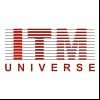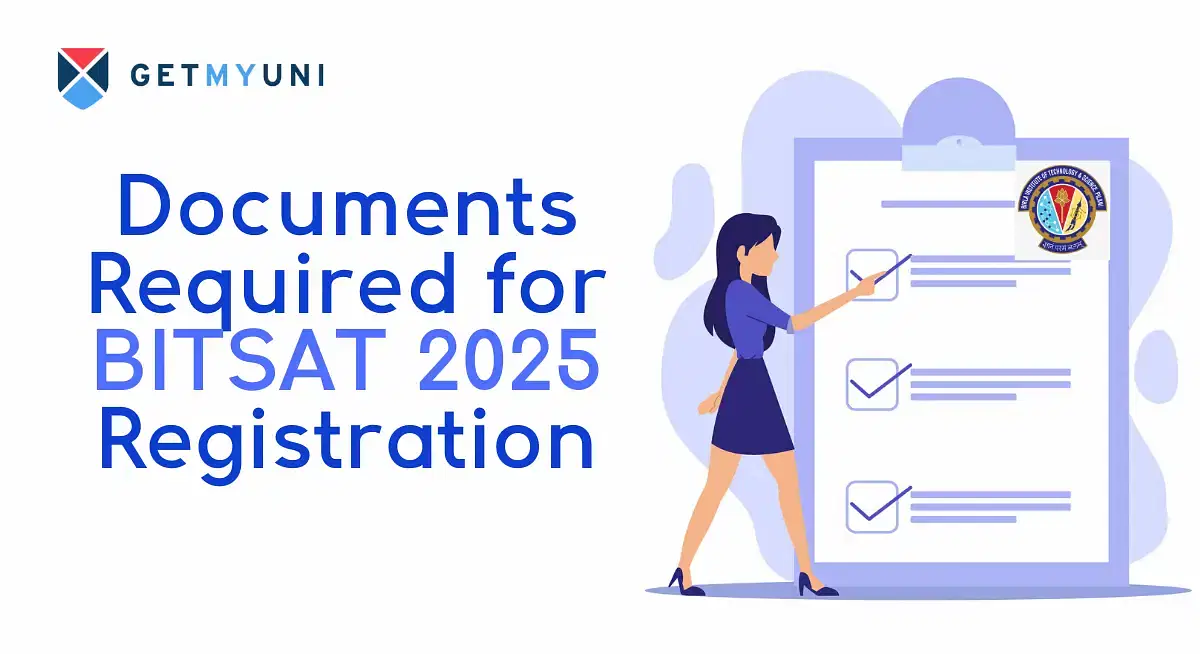
Table of Contents
BITSAT or Birla Institute of Technology and Science Admission Test is an all-India level examination conducted every year for students who wish to be admitted to B.Tech courses.The BITSAT exam 2025 was conducted in two sessions: Session 1 (May 26 to May 30, 2025) and Session 2 (June 22 to June 26, 2025). The BITSAT Chemistry answer key 2025 will now be available on the official BITSAT website bitsadmission.com.
The BITSAT chemistry answer key 2025 will comprise of correct answers to questions asked in the actual BITSAT 2025 exam. The BITSAT official answer key can be utilized by the candidates to verify their answers and self-analyze their scores before the official declaration of results. In this article, we provide the detailed BITSAT Chemistry answer key 2025, along with the BITSAT Chemistry syllabus. Candidates are advised to read this guide till the end, as by the time you finish this article, you will have a road map in your mind to prepare and get a good grip on Chemistry in the upcoming BITSAT exams.
Overview of BITSAT Exam 2025
The BITSAT 2025 exam was held in two sessions- Session 1 (May 26 to May 30, 2025) and Session 2 (June 22 to June 26, 2025). The overview of the BITSAT 2025 exam is mentioned below in a tabular format:
|
Particulars |
Details |
|
BITSAT Exam Duration |
3 Hours or 180 Minutes |
|
Total Questions |
130 Questions (Physics, Chemistry, Mathematics/Biology, English, Logical Reasoning) |
|
Chemistry Questions |
30 Questions |
|
Question Type |
Multiple Choice Questions (MCQs) |
|
Marking Scheme |
+3 marks for each correct answer, -1 mark will be deducted for each incorrect answer. |
|
Marking Scheme for Unanswered Questions |
Zero mark |
|
Total Marks in the Chemistry Section |
30*3=90 Marks |
|
Chemistry Weightage (BITSAT Exam) |
23% of total marks (Approximate) |
|
Extra Questions |
12 Extra questions (Maximum 3 questions in Chemistry) |
|
Chemistry Sections |
Physical, Organic, Inorganic |
|
Sectional Weightage |
|
|
Important Topics Covered in Physical Chemistry |
|
|
Important Topics Covered in Inorganic Chemistry |
|
|
Important Topics Covered in Organic Chemistry |
|
|
Recommended Sources |
|
Steps to Download BITSAT Chemistry Answer Key 2025
Candidates are advised to verify their answers from reliable sources including top coaching institutes. Below are the important steps to download the BITSAT Chemistry answer key 2025 mentioned in detail:
Step 1: Visit the Trusted Educational Sites
Always visit trusted educational platforms and check regularly for updates about BITSAT Chemistry Answer Key 2025 and upcoming exams. Some of the top trusted and verified platforms include Getmyuni, Resonance, Allen Career Institute, Aakash Institute, etc.
Step 2: Analyse Different Shifts
The BITSAT exam 2025 was conducted in two sessions: Session 1 and Session 2. Therefore, candidates are advised to check the BITSAT Chemistry answer key 2025 for the correct date, time, and shift. Always make sure you are checking the correct subject while downloading. So, to summarize, candidates are advised to verify three things while downloading the BITSAT 2025 answer key:
- Date
- Slot/Session/Shift
- Subject
For example, if you need to check the Chemistry answer key of 22nd May 2025, then you need to search as “BITSAT Chemistry Answer Key 22nd May 2025”.
Step 3: Download the Answer PDF
Once you search for the relevant details for the answer key, you will be directed to the answer PDF link. Make sure you are downloading the PDF from a reliable source so that you can self-analyze your score before the final declaration of BITSAT 2025 results. As soon as you find the relevant source, you can proceed:
- Click on the answer PDF link and download the answer key.
- Save the file for self-analysis and comparison with actual marks.
Note: Some educational portals keep your signup records only to provide the answer key PDF.
Step 4: Match your Answers
The BITSAT 2025 exam consisted of 130 questions from four different sections. Each question was of three marks. Therefore, to match the answers and calculate the score, candidates must first understand the BITSAT 2025 marking scheme. The BITSAT 2025 score will be calculated as follows:
- Three (+3) marks will be awarded for each correct answer,
- One (-1) mark will be deducted for each wrong answer.
- Zero (0) marks will be counted for an unattempted answer.
Step 5: Cross-verify your Answers
Candidates are advised not to rely on only one source; always cross-check their answers with different educational platforms. However, some of the BITSAT questions have always been controversial in the past five years. Therefore, candidates must mark such questions and wait for the final BITSAT 2025 answer key. You can use the various available answer keys to get an idea of the estimated score. Based on this, you can prepare for the next steps.
BITSAT Official Vs Unofficial Answer Key
Here we have provided the comparative analysis for the BITSAT 2025 official vs unofficial answer key in a tabular format below:
|
Parameters |
Official BITSAT 2025 Answer Key |
Unofficial BITSAT 2025 Answer Key |
|
Releasing Authority |
BITS Pilani |
Educational platforms/institutes and websites |
|
Accuracy |
100% |
Varies |
|
Releasing Time |
Released 7-10 days before the final results declaration. |
1-2 days, or the same day after the completion of the BITSAT exam. |
|
Objection |
Not Applicable |
Possible |
The BITSAT Chemistry Answer Key 2025 is a crucial tool for students to evaluate their performance accurately before the official results are announced. By comparing responses with the answer key, candidates can estimate their scores, identify mistakes, and better plan for further admission processes. While unofficial answer keys provide quick insights, the official key released by BITS Pilani offers definitive accuracy.




































